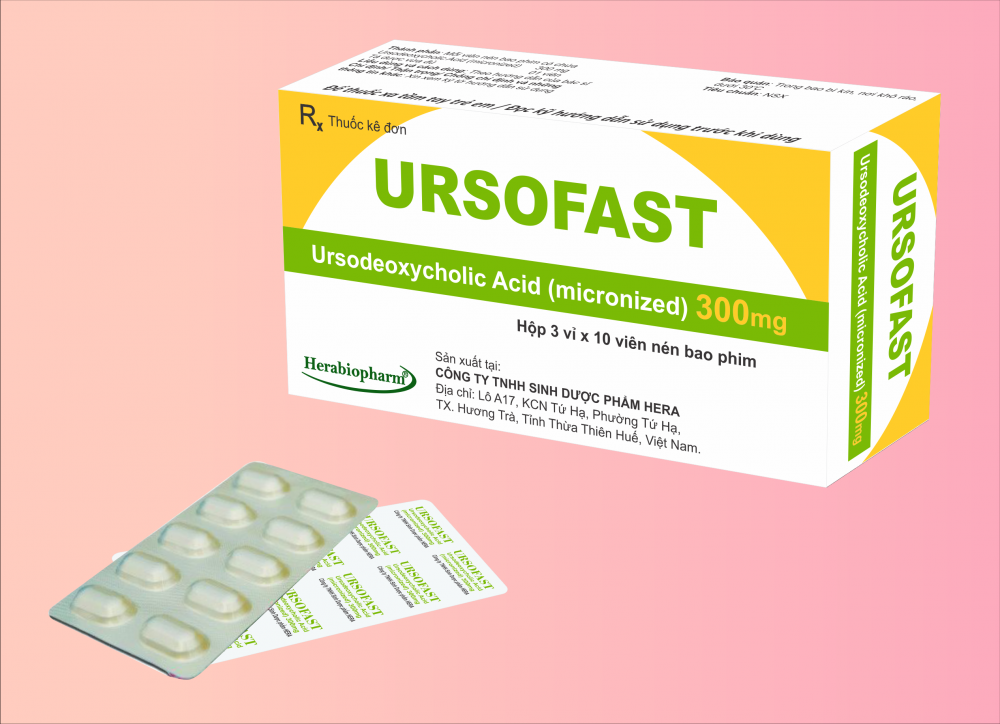URSOFAST
- Packing3 blister packs of 10 tablets
- Shelf life36 months
- CompositionUrsodeoxycholic acid 300 mg
- Posology and pharmaceutical formFilm-coated tablet
Summary of product characteristic
-
Indications, posology and method of administration
THERAPEUTIC INDICATIONS
Ursodeoxycholic acid are indicated in the treatment of primary biliary cirrhosis (PBC) and for the dissolution of small to medium sized radiolucent, cholesterol-rich gall-stones in patients with a functioning gall bladder.
Cholesterol stones coated with calcium or stones composed of bile pigments are not dissolved by ursodeoxycholic acid.
Ursodeoxycholic acid has a particular place in the treatment of patients in whom surgery is contraindicated or who are anxious to avoid surgery.
Paediatric population:
Hepatobiliar disorder associated with cystic fibrosis in children aged 6 years to less than 18 years.
POSOLOGY AND METHOD OF ADMINISTRATION
For oral administration. To be taken with a drink of water.
Posology:
Primary Biliary Cirrhosis:
Adults and Elderly: 10 – 15 mg ursodeoxycholic acid (UDCA) per kg per day in two to four divided doses.
Children: Dosage should be related to bodyweight.
Dissolution of gallstones:
Adults and Elderly:
The usual dose is 6 – 12 mg/kg/day either as a single night time dose or in divided doses. This may be increased to 15 mg/kg/day in obese patients, if necessary.
The duration of treatment may be up to two years, depending on the size of the stone(s), and should be continued for three months after the apparent dissolution of the stone(s).
Children: Dosage should be related to bodyweight.
Children with cystic fibrosis aged 6 year to less than 18 years: 20 mg/kg/day in 2 – 3 divided doses, with further increase to 30 mg/kg/day if necessary.
CONTRAINDICATIONS
Ursodeoxycholic acid should not be used in patients:
- With radio-opaque calcified gall-stones.
- With acute inflammation of the gall bladder or biliary tract.
- With occlusion of the biliary tract (occlusion of the common bile duct or a cystic duct).
- With frequent episodes of biliary colic.
- With impaired contractability of the gall bladder.
- With hypersensitivity to bile acids or any excipient of the formulation.
- Who are pregnant or breastfeeding, or in women who may become pregnant.
- With chronic liver disease, peptic ulcers or in those with inflammatory diseases of the small intestine and colon.
Paediatric population: Unsuccessful portoenterostomy or without recovery of good bile flow in children with biliary atresia.
This information is for reference only. Please read the leaflet inside.
